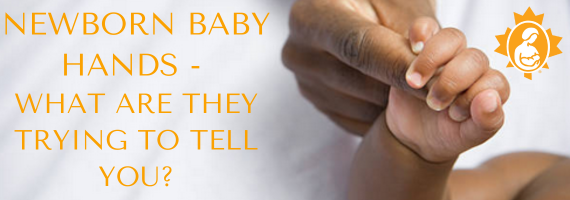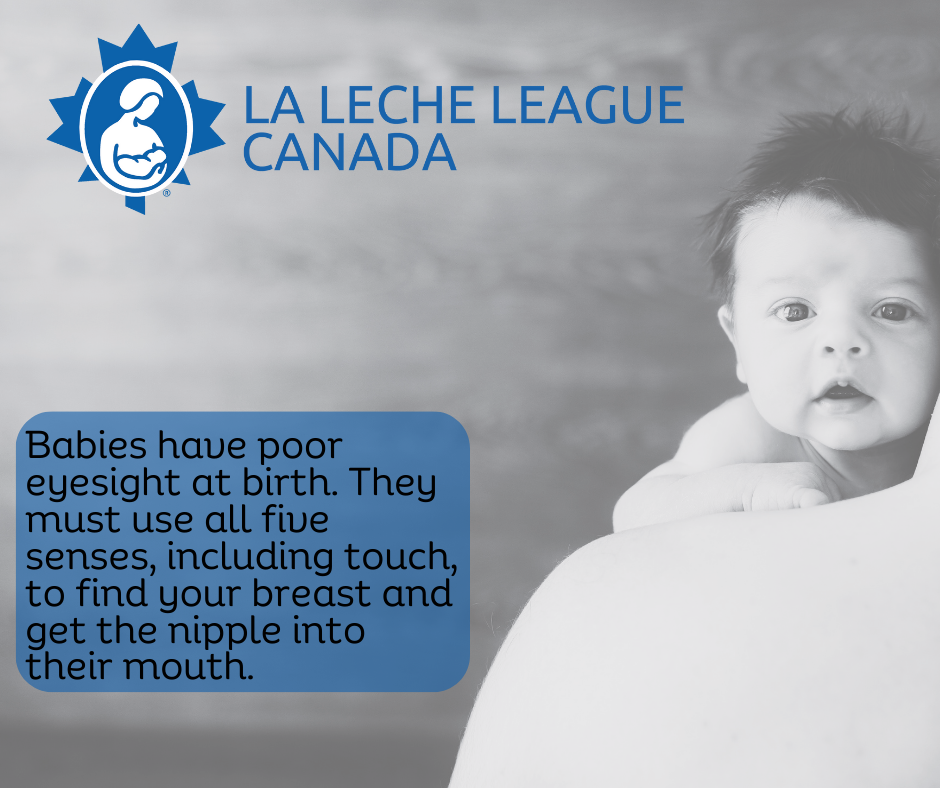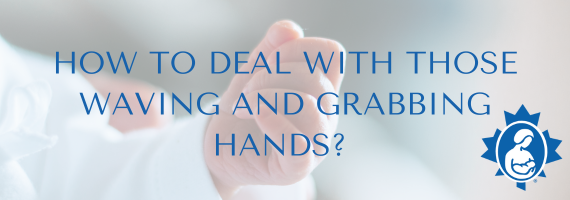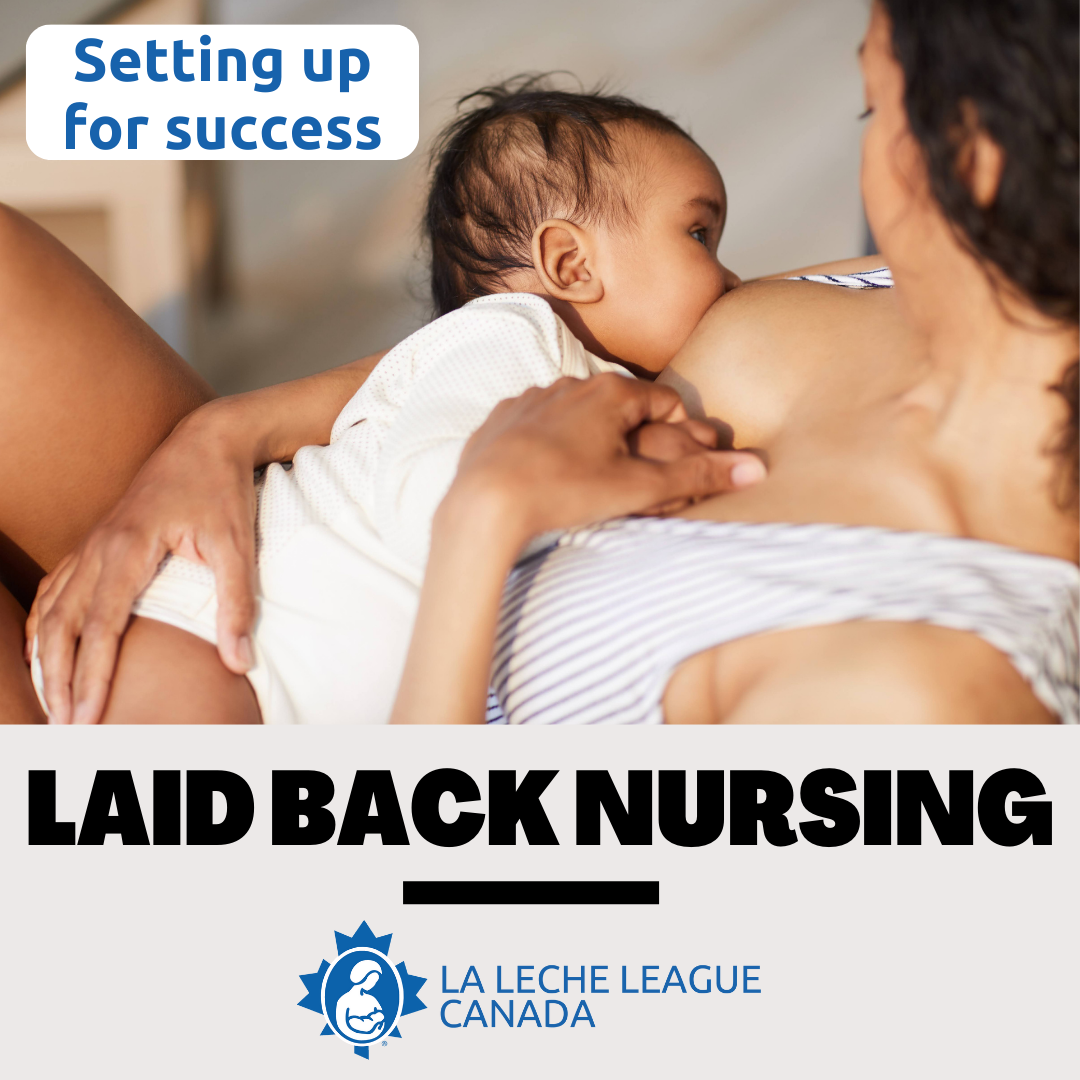

Many mothers of newborns find themselves battling little hands while trying to help them latch onto the breast.


Other ways babies use their hands

Try a laid-back breastfeeding position, allowing your baby’s hands to touch your breast. Swaddling or tucking your baby’s hands under a blanket can make your baby more frantic because his hands and arms are constrained.
Bring your baby belly to belly with you. If your baby’s arm is across his body it will push him further away from your breast. It can be helpful to place each of your baby’s arms on either side of your breast.


This position triggers your baby to open her mouth wide. Allow your baby to plant her lower lip on your breast well away from the nipple. In a laid-back position gravity will help her lower lip to stay firmly in place as she reaches up for a good latch. (Try it yourself. Imagine you are eating a burger. Tip your head back, open your mouth, lay the bottom of the burger on your lower jaw. Then reach up and over the top of the burger with your upper jaw for a big bite. This is what your baby needs to do at the breast.) See Positioning and Latching for more information.
If you find yourself with sore nipples or you feel that you just can’t get everything coordinated to help baby latch, please contact a La Leche League Canada Leader for information and support. Talking things over with an experienced breastfeeding supporter can be very helpful.
Please consider supporting LLLC.
References:
Kaplan, Robin. (2012, April 17). An Interview with Catherine Genna Watson. Lactation Matters, the ILCA blog.
Updated 2024